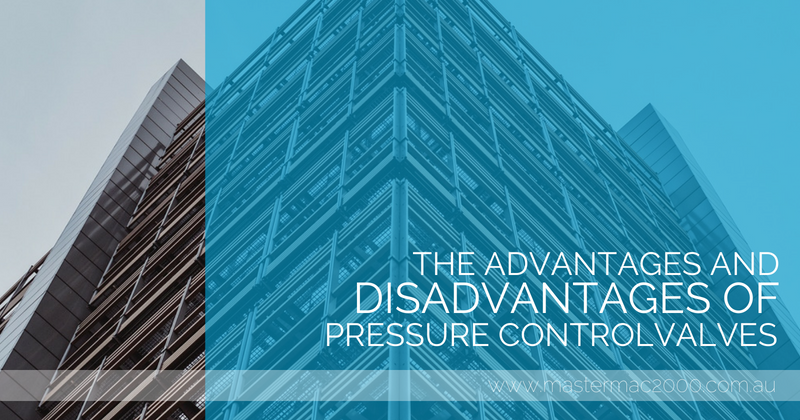Several industrial applications that need precise control of air pressure necessitate the use of electronic low air pressure regulators. Electronic regulators can have issues, much like any other sophisticated mechanical equipment. We will go through some of the main issues with electronic regulators or control solenoid valves in this post, along with solutions or preventative measures.
Electrical Issues:
Electrical issues are among the most frequent issues with electronic air pressure regulators. Electrical issues may prevent the low air pressure regulator from maintaining the proper pressure, causing it to work erratically or not at all. The most frequent electrical problems include wire damage, blown fuses, open circuits, and shorts. It’s crucial to adhere to the installation and wiring instructions provided by the manufacturer, including correct grounding and shielding the equipment from moisture and dust.
Contamination:
Much like traditional low-air pressure regulators, electronic pressure regulators are susceptible to clogging, which can lead to malfunction. When dirt, debris, or other foreign material gathers inside the regulator, it causes clogging and reduces airflow. This may result in changes in pressure, uneven performance, or even complete failure of the device. Use adequate filtering and make sure the air supply is clean and contaminant-free to prevent blockage.
Mechanical Deterioration:
Electronic low-air pressure regulators are sophisticated mechanical systems that are susceptible to wear and tear over time. The device may perform erratically, fail to sustain pressure or even fail completely due to mechanical wear and strain. Frequent inspections and maintenance can help find and stop mechanical problems. Manufacturers often advise doing regular maintenance tasks including cleaning, lubricating, and replacing damaged parts.
Temperature Changes:
Changes in temperature can also lead to issues with electronic air pressure regulators. Temperature changes can damage electronic components since they are so sensitive to them. Changes in temperature can also impact the air supply’s pressure, which might affect the solenoid-operated valve’s performance. Keep the regulator within the manufacturer’s suggested temperature range, which is normally between -10°C and +50°C, to avoid temperature-related problems.
Calibration Problems:
The low air pressure regulator may behave irregularly or fail to maintain the desired pressure due to calibration problems. Changes in the surrounding temperature, mechanical deterioration, and electrical problems can all affect calibration. Every time the device is installed, moved, or repaired, the regulator should be calibrated. By calibrating the device, you can make sure it is working in accordance with the manufacturer’s instructions and keeping a constant pressure.
Conclusion:
Electronic air pressure regulators are crucial parts of several industrial applications that need accurate air pressure management. They are vulnerable to a number of issues, though, which can result in malfunction, irregular performance, or outright failure. Many of the problems covered in this article may be detected and avoided with routine maintenance, inspection, and calibration.
Also, it’s crucial to adhere to the installation and operation guidelines provided by the manufacturer. These guidelines cover adequate filtration, keeping the device within the prescribed temperature range, and safeguarding it against mechanical and electrical problems. These actions will enable electronic air pressure regulators to function dependably and maintain accurate control of air pressure, maintaining the effectiveness and efficiency of industrial operations.

